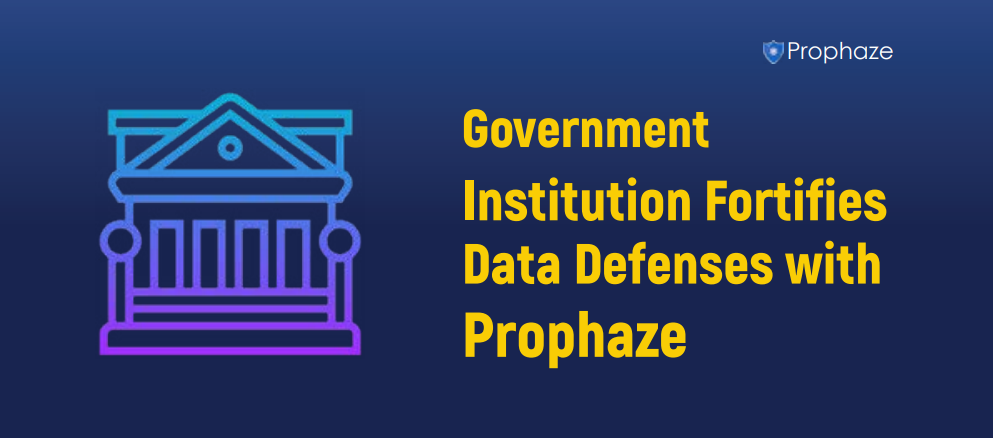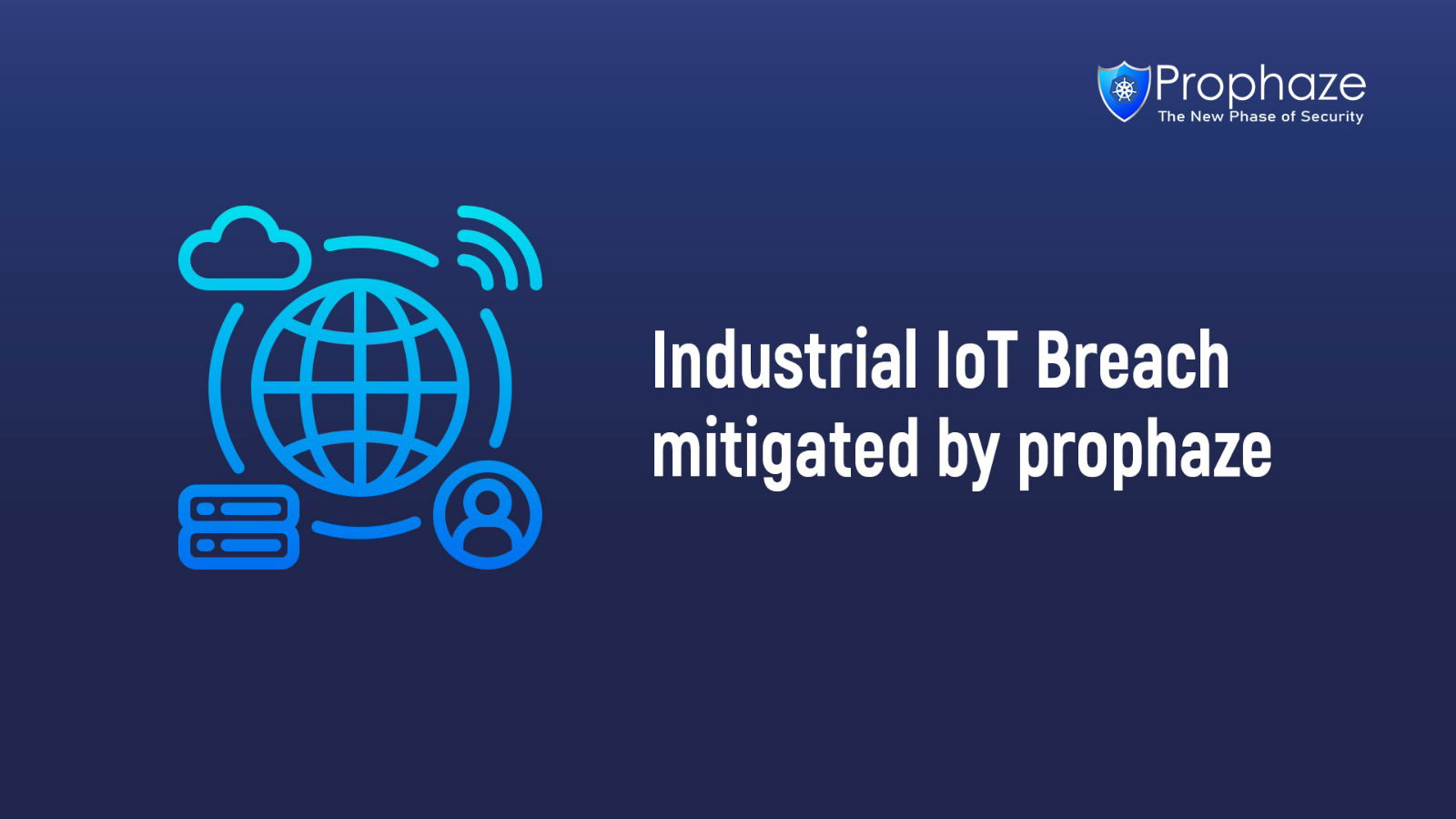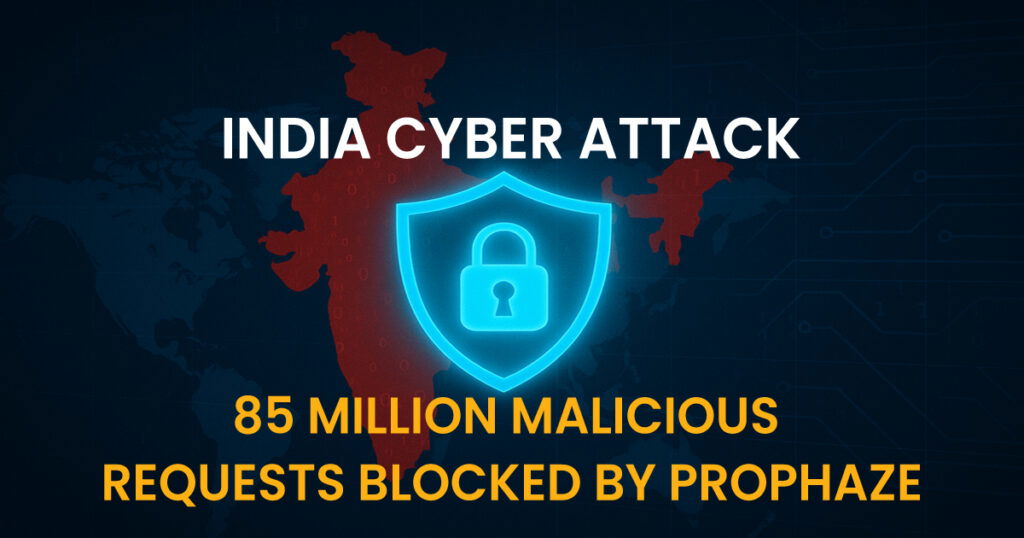Account creation is an essential process in web application security, but it is also a target for automated attacks. One of the automated threats identified by OWASP is Account creation, which refers to automated account creation attacks. These attacks can lead to the creation of fake accounts or the compromise of legitimate accounts, resulting in data breaches and other security incidents. In this article, we will discuss the best practices for account creation to prevent such attacks.
Captchas and Other Anti-Automation Measures
One of the primary ways to prevent automated account creation attacks is to use CAPTCHAs or other anti-automation measures. CAPTCHAs are challenges or tests that are designed to differentiate between human users and bots. These tests can be simple image recognition tests, or more complex puzzles that require human reasoning. Other anti-automation measures include time-based delays between registration attempts or requiring users to perform certain actions to verify their humanity.
IP Address Reputation Checks
Another way to prevent automated account creation attacks is to use IP address reputation checks. These checks examine the reputation of the IP address being used to create an account. If the IP address is associated with malicious activity, the registration attempt can be blocked. IP address reputation checks can also be used to block IP addresses that are known to be associated with spam, phishing, or other types of attacks.
Email Address Verification

Email address verification is another important measure to prevent automated account creation attacks. After a user registers for an account, the web application can send a verification email to the email address provided during registration. The user must click on a verification link in the email to activate their account. This process verifies that the email address belongs to a real person and helps prevent fake account creation.
Password Policies
Password policies are an important aspect of account creation security. Passwords should be complex and difficult to guess, with a combination of upper and lowercase letters, numbers, and special characters. Password policies should also require password changes on a regular basis and prevent users from reusing old passwords. Additionally, password policies should enforce a minimum password length of eight characters or more.
User Input Validation
User input validation is another important measure to prevent automated account creation attacks. Input validation ensures that the data provided by the user during registration is valid and free of malicious code. This includes validating input fields such as name, email address, and password fields to prevent SQL injection attacks or cross-site scripting (XSS) attacks.
Conclusion
Automated account creation attacks are a significant threat to web application security, but they can be prevented by implementing appropriate security measures. These measures include Captchas or other anti-automation measures, IP address reputation checks, email address verification, password policies, and user input validation. By implementing these measures, web applications can prevent fake account creation, reduce the risk of account compromise, and protect sensitive user data.












